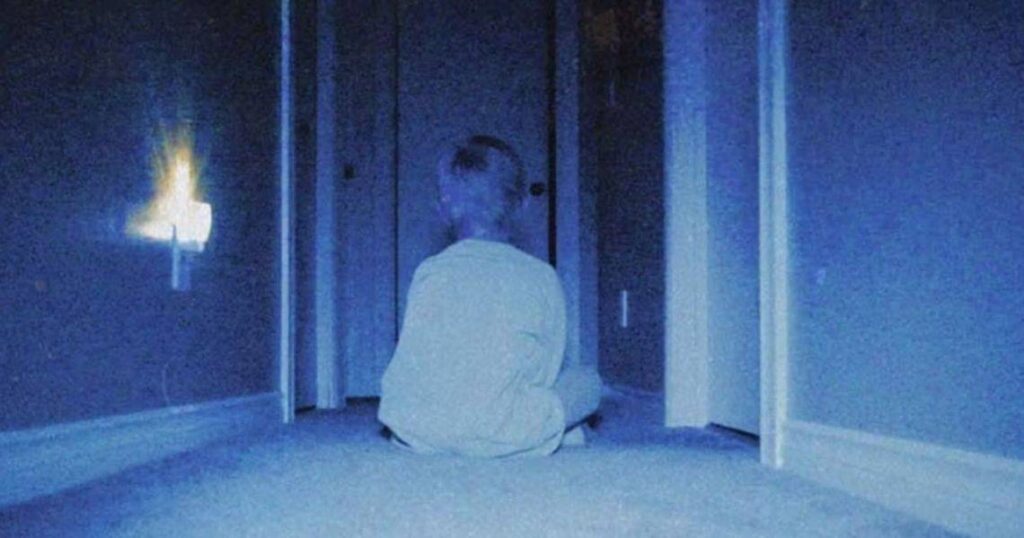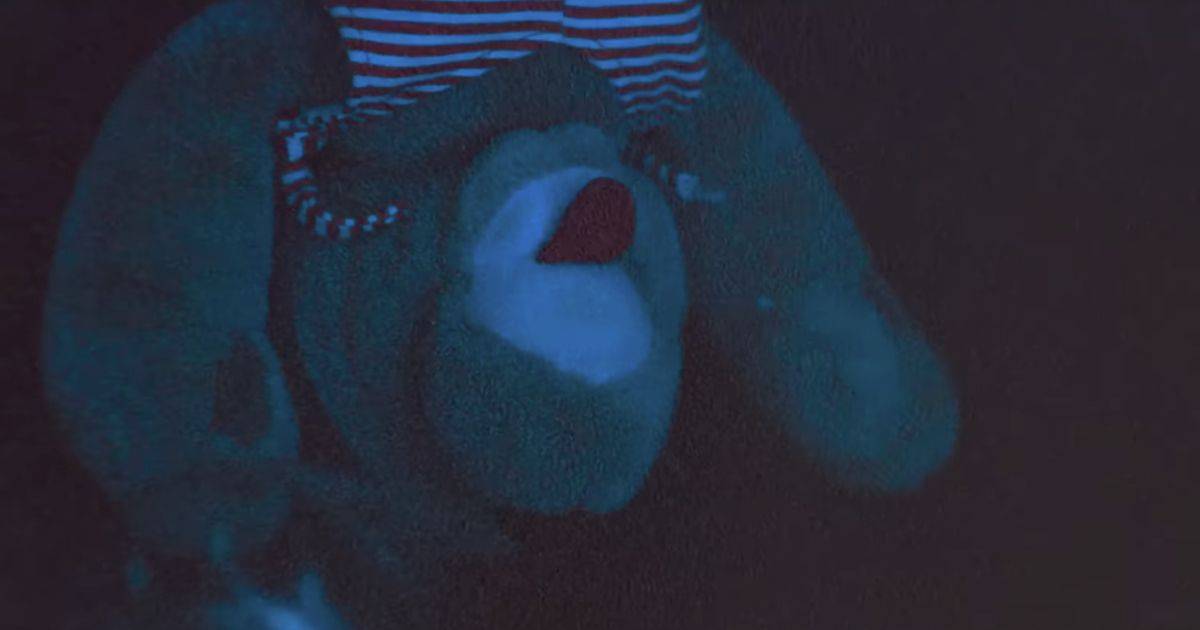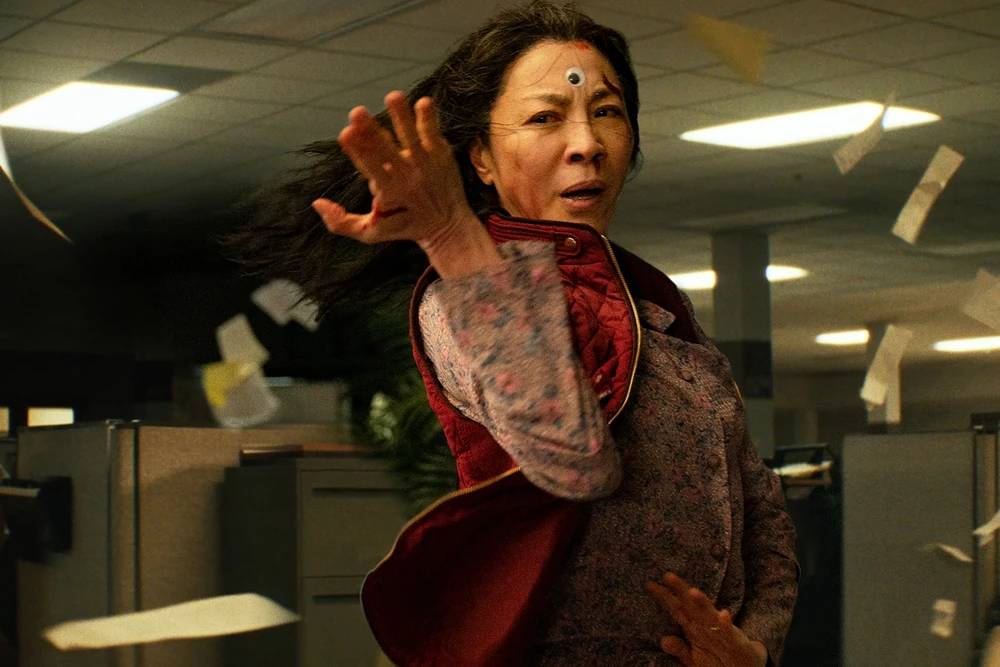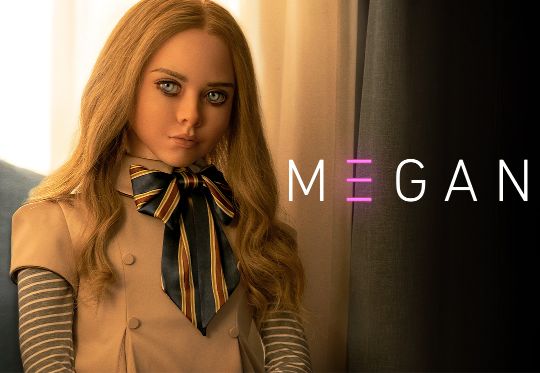A horror movie called Skinamarink was chosen by Shudder last year. On January 13, it made its theatrical debut in the US, and its terrifying story about common childhood phobias has been a huge hit. After only six days of a limited release, the $15 000 independent horror film generated over $1 million at the box office, and all reviews agree that Kyle Edward Ball’s latest horror film, Skinamarink, is not for the faint of heart.
Some spooky films spark passionate debate as soon as they are released. This typically occurs when these films defy genre conventions, and Skinamarink, a very experimental film, does this from the very first frame to the very last. Different interpretations regarding what actually transpired within that house have been proposed as a result of the artistic and narrative decisions, which have divided the audience.
Here is some more information on Skinamarink and the reasons why the public is so divided over it.
What’s Skinamarink About?
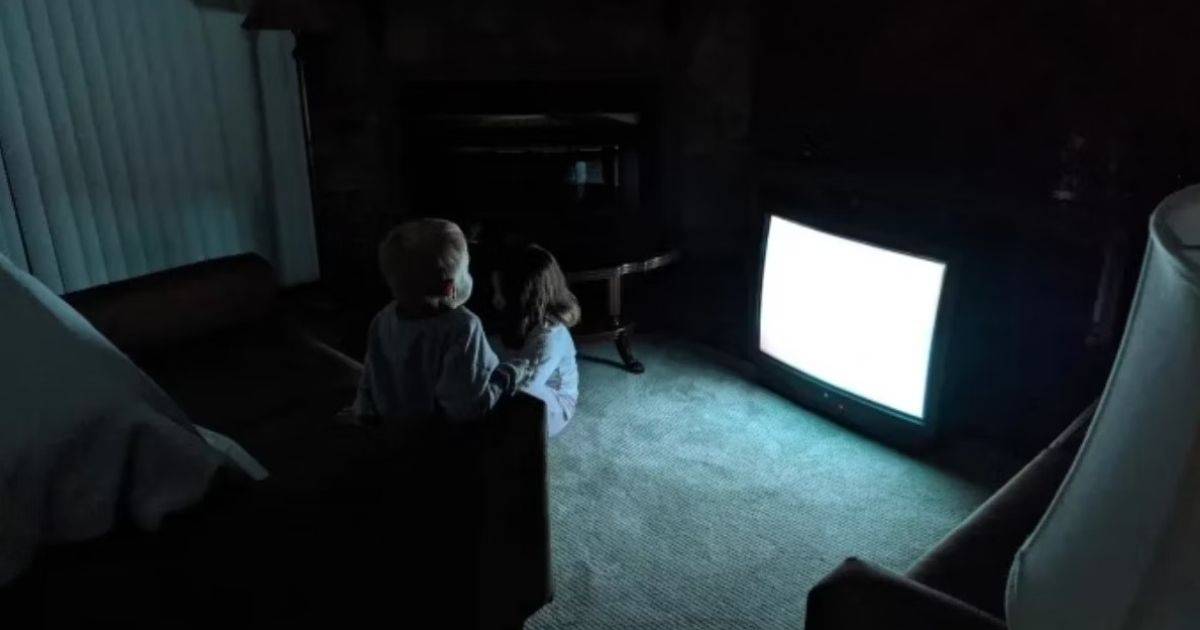
The Blair Witch Trial, a 1999 phenomenon that shattered many established genre principles with a tiny cast and a single scenario (as did Ball’s film), immediately brought to mind The Blair Witch Trial to the audience. Both of these films offer an experience unlike any other before, which results in a divided audience that either loves it or despises it. Even though Skinamarink has only been available for a short while, it is reasonable to assume that it has stirred up some powerful feelings among the audience.
Polarized Audiences of Skinamarink
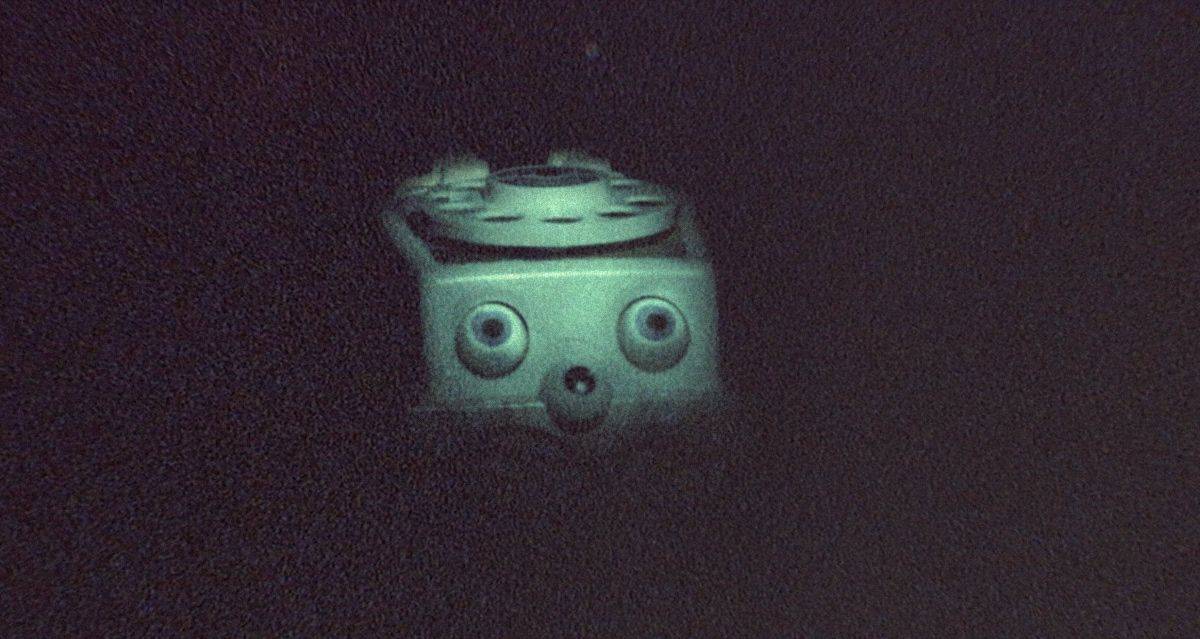
Some claim that this is the scariest horror film they have ever or even recently seen. It can be really unpleasant to watch the creepy, sluggish plot, which in some ways reminds one of found footage movies. The audience is left wondering what might be hiding in those shadowy areas by the lengthy views of them. One of the most intense scenes in the film is when the frightening disembodied voice begins to speak to each of the children; it feels like a nightmare that was filmed and made. Some of the scariest scenes in the film feature The Mother (Jaime Hill), an unstable parent to her children. Of course, there are also very few jump scares.
The film is still an experimental horror, though, so some of its stylistic decisions may not have been to everyone’s taste. For instance, despite having a linear storyline, it is not organised in the manner that is customary in film. Long shots of empty, dark halls and other locations inside the house that don’t advance the plot can get boring to watch, especially in a nearly two-hour film. The children are never seen in their whole; their faces don’t appear on screen until much later in the film, and they typically just display their feet or partial shots of their heads. This causes the audience to feel a little removed from the characters, which improves the stylistic decisions but may detract from the overall experience.
The Atmosphere Is the Central Focus
True to its genre, Skinamarink is a horror film because of its unconventional camerawork, which keeps the audience on edge while they wait for a jump fright (that hardly ever comes). The atmosphere is the main centre of the film, which is immediately apparent. There is a tale going on, but it isn’t given much opportunity to develop because the creature that is inside the house with them and targeting the family is never explained, nor is the reason why Kaylee won’t talk about their mother (who turns out to be inside the house with them).
“I would say that in many aspects, I’m quite incompetent, but my great strength that I’ve always had is atmosphere,” said Ball tod iHorror. Ball’s ability to say a lot with little is demonstrated by the carefully crafted mood of a one-location film with minimal speech and action. Regarding the ideas and cinematography, from camera stances to the “vintage video camera” aesthetic, there is a clear aim from the outset, and Ball succeeds in achieving it. Because of how much it was able to accomplish successfully, Skinamarink will probably be examined, particularly in regards to the mood and innovative storytelling techniques.
There’s no disputing that Skinamarink had an impact on everyone who watched it, even though it might not be for everyone. It is yet another recent illustration, following Terrifier 2, of how horror does not require large budgets to function and engage its audience.
Being a binge-watcher himself, finding Content to write about comes naturally to Divesh. From Anime to Trending Netflix Series and Celebrity News, he covers every detail and always find the right sources for his research.







